1. Problem Recognition, Definition and Evaluation
After all reading to Jean Yves’s Blog about 3D WBS, I have an understanding that WBS standard would not worked and function maximum in delivering the optimum outcomes for organization, especially for the project, unless they linked together all the table used into a multidimensional structure. As multidimensional structure will allows us to performed more specific and detail deliverable so it can be seen from many point of view. One of the recognized standardized WBS that compatible and could be modelized into 3D WBS is CSI OmniClass.Therefore, for this W4 Blog writing, I want to explore if the use of OmniClass and 3D WBS can be applied to Waste Water Treatment Plant project?
2. Development of the Feasible Alternatives
OmniClass is intended to be the means for organizing, sorting, and retrieving information and deriving relational computer applications. And it designed to provide a standardized basis for classifying information. It consists of 15 hierarchical tables, each of which represents a different facet of construction information or entries on it can be combined with entries on other tables to classify more complex subjects. (OmniClass, 2014). The content of the OmniClass’ tables can be seen on the following website: http://www.omniclass.org.
While The 3D WBS theory tells us that the WBS includes three main dimension: the Zones (GBS), the Products (PBS) and the Activity (ABS). This theory not limit only for 3 dimensions but further for more other multi dimensions (Moine, 2012)
Since Waste Water Treatment Plant is one of the public facility in our company, in this W4 blog, we only focused on Table 14 (Spaces by Form), 21 (Elements), 22(Work Results), 23 (Products) and 31 (Phases) as those tables were commonly used by the facility management
3. Development of the Outcomes for Each Alternative
Based on the 3D WBS Theory, each Omniclass’s Table can be developed into 3D WBS which based on three main dimensions: PBS (Products or Function System Breakdown Structure), GBS or ZBS (geographical or functional zones Breakdown Structure) and ABS (Activity Breakdown Structure). Identification of OmniClass Tables into those 3 main dimensions can be summarized as follow:
Modelized of Each Omniclass’s Table into 3 (three) main dimension of 3D WBS as above Table can be visualized as figure1 below: (Moine, 2012)
From figure1 above, we can see that each table of the OMNICLASS classification can be seen as a parallel axis of the three main axis of the project cube (ZBS, PBS and ABS)
4. Selection of a Criterion
Characteristics of the preferable WBS:
– WBS defines high level of detail and hierarchical
– WBS gives the opportunity of its future development when industry change
– WBS must cover all the deliverables to complete the the projects.
– Strong relationship among its element
– Helps prevent project delay or failure including unbalanced bidding
5. Analysis and Comparison of the Alternatives
The very first and important thing in developing Omniclass tables into 3D Structure is to identified all the table based on those 3 main dimension of 3D WBS Theory which are ZBS (Zone Breakdown Structure, it can be area or section), PBS (Product Breakdown Structure, it could be product or system) and ABS (constructed by phases, activity/actions + process). The need and classification of each table depend on the project nature. Based on Table1 from Moine (2012) those 5 tables can be developed as 3D WBS for the Waste Water Treatment Plant Project as follow:
1. Zone Breakdown Structure (ZBS) : Table 14 (Spaces by Form)
2. Product Breakdown Structure : Table 21 (Elements) & Table 23 (Products)
3. Activity Breakdown Structure (ABS): Table 22 (Works Results) & Table 31 (Phases)
The above modelized Tables give me a better picture that OmniClass Tables compatible with 3D WBS as it produce more specific information’s in detail and it has strong relationship among its elements. One element from one table can be substituted or tradeoff with element from other table without being overlap, while others could be complementary to another elements (see Table 21 & Table 23). For Cost and estimation information Table 21 and 22 is likely to be best classified, while Table 23 is vital interest for the facility management as their specification and maintenance instructions are used to established repair and maintenance schedule as well as reference for the replacement analysis of the product during its life cycle. Its elements give complete informations on the existing products/equipments. The combination between Table 21 and 23 provide a way of organizing and accessing useful data for failure modes and effect studies and reliability based maintenance program.
Table 31 is needed to be a tool to identified the unbalanced bidding occurring while subcontractors submitting unit rates which are substantially higher or lower, in relation to the estimate and the rates quoted by other bidders to verify whether the bid price is reasonable. An unreasonably low bid price may reflect the bidder’s misunderstanding of the specifications and, accordingly, this bidder may incurred substantial financial losses and fail to complete the work satisfactorily if awarded the contract.
When those 5 tables combined into one synergy cube (3D WBS), it would result a preferable deliverables that company can gained.
6. Selection of the Preferred Alternative
Based on the above description, it shows that the Combination of OmniClass Tables with 3D WBS is better rather than the single standard, as we can gain deliverables that can be view from many perspectives. Thus, Omniclass 3D WBS, is considered to applied in Waste Water Treatment Plant Project.
7. Performance Monitoring and Post Evaluation of Results
This 3D WBS is a new model to be applied to our company’s project but it’s worth to try since this Methode allows us to have better perspective on how project’s information should be delivered while the OmniClass Tables gives us detail breakdown of each information have been submitted. Combination of this tool (standardized Omniclass) and Methode (3D WBS) significantly improved the way of WBS should be performed especially for the construction industry. As a new thing to our company, off course there is a need for training and disclosures of each element’s dictionary to the practitioners to have better understanding of this method.
Reference:
1. Humpreys, G. C. (2011). Project Management Using Earned Value (2nd ed.). Humpreys & Associates, Inc.
2. Moine, J.-Y. (2012, April 12). Part #47: OMNICLASS and 3D WBS. Retrieved from 3D Work Breakdown Structure: http://3d-wbs.blogspot.com/2012/04/part-48-omniclass-and-3d-wbs.html
3. OmniClass. (2014). About OmniClass. Retrieved from OmniClass: http://www.omniclass.org/
4. Moine, J. Y. (2014, Sep.11). Part#136: Overall Project Structuration in Multidimensional Way. Retrieved from 3D Work Breakdown Structure: http://3d-wbs.blogspot.com/2014/09/part-136-overall-project-structuration.html.
5. Moine, J.Y. (2014, Sep.7). Part#135: Foundation is Standard. Retrieved from 3D Work Breakdown Structure: http://3d-wbs.blogspot.com/2014/09/part-135-foundation-is-standard.html
6. Moine, J.Y. (2014, June .7). Part#119: N Dimension WBS. Retrieved from 3D Work Breakdown Structure: http://3d-wbs.blogspot.com/2014/06/part-119-n-dimensions-wbs.html
7. Moine, J.Y. (2014, April 16). Part#97: Omniclass, Uniclass 2 and ISO 12600 Standards vs 3D WBS Methode. Retrieved from 3D Work Breakdown Structure: http://3d-wbs.blogspot.com/2014/04/part-97-omniclass-uniclass-2-iso-12600.html
8. Syafri, F. (2013, October 8). Managing Small Project: Omniclass 3D WBS. Retrieved from : Simatupang AACE 2014: http://simatupangaace2014.wordpress.com/2013/10/08/w6_afs_-managing-small-project-omniclass-3d-wbs-2/

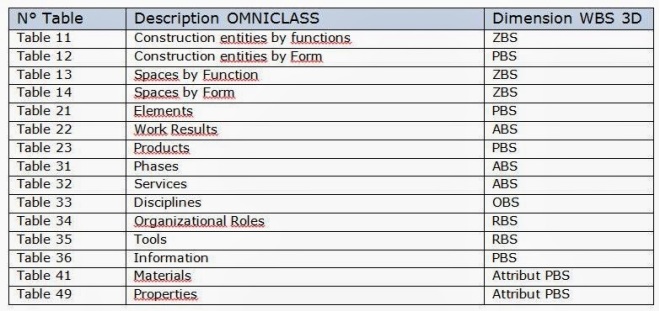
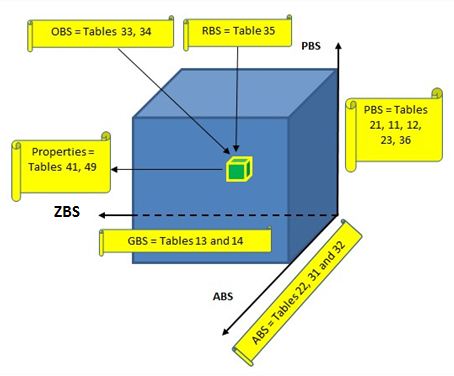

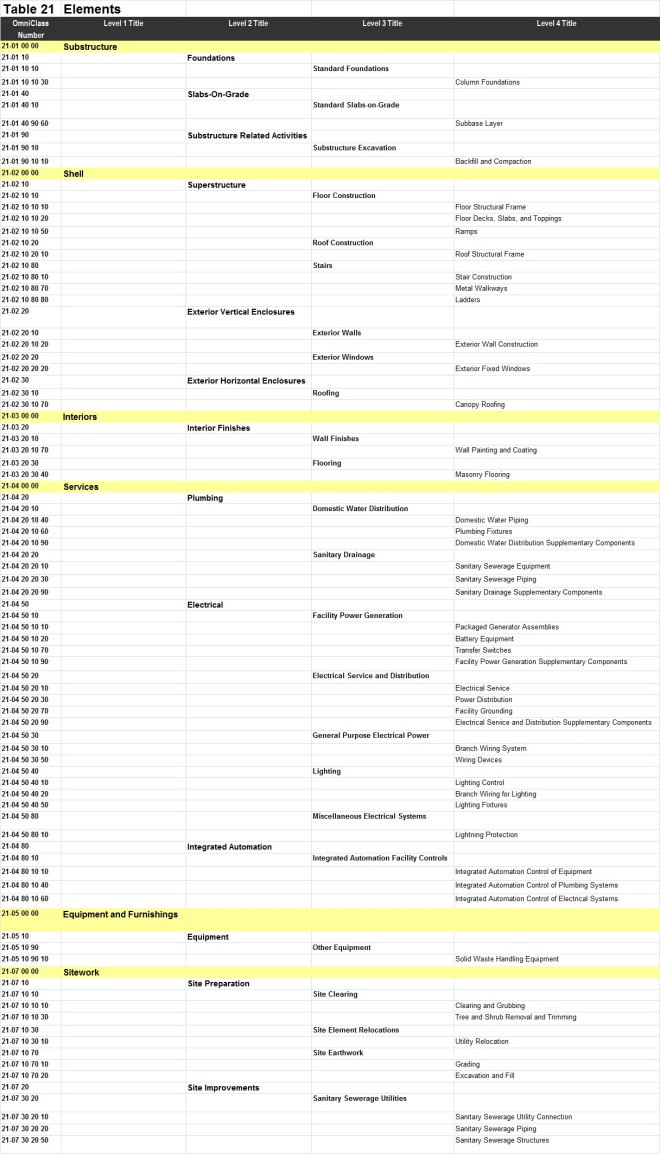
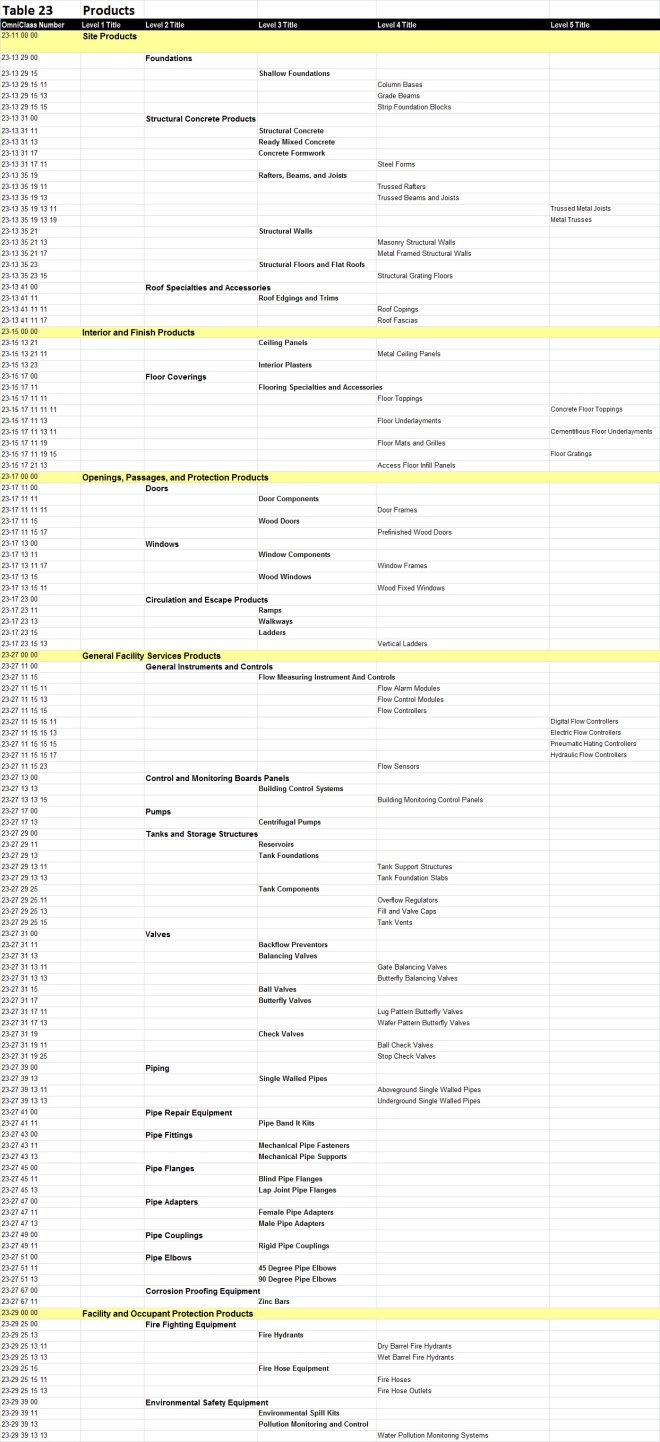
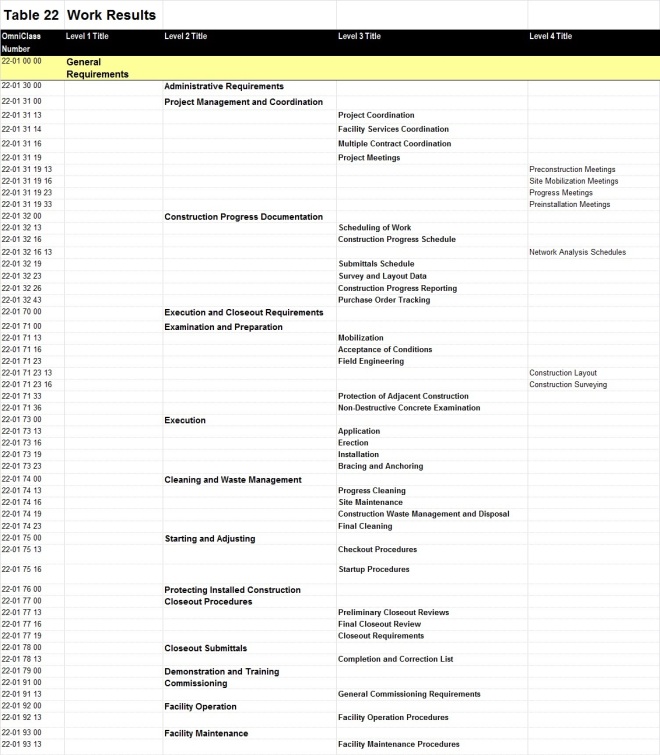
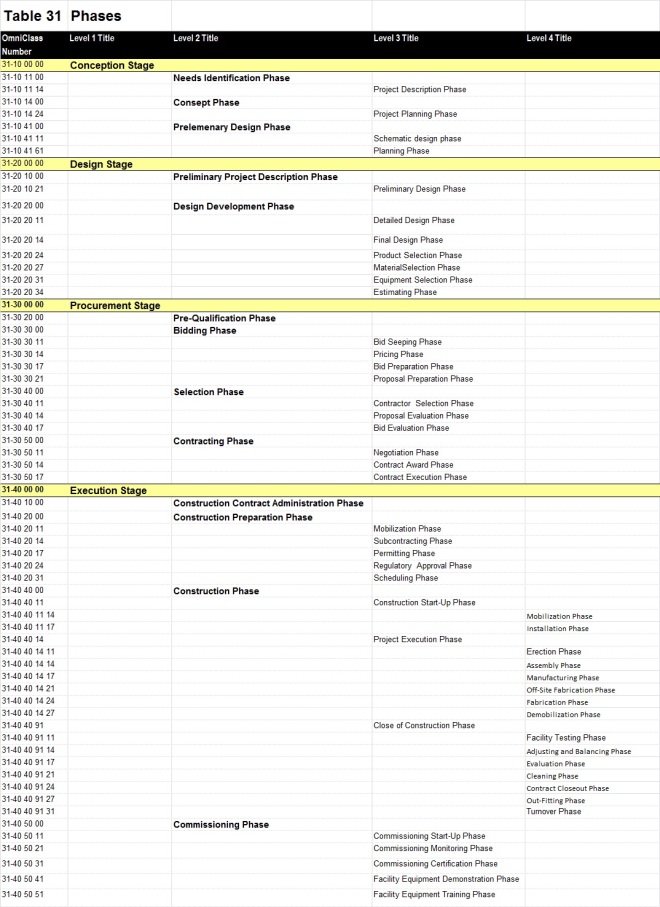
AWESOME job, Pak Nunar!!! Nice work!!!!
Be sure to make the connection between the use of Multi-Dimensional WBS structures and Building Information Modeling, which is coming VERY quickly, especially in the mining and process plant construction. http://www.bccomfort.com/building+information+modeling/4/40/ or https://www.gov.uk/government/uploads/system/uploads/attachment_data/file/34710/12-1327-building-information-modelling.pdf or http://www.sundt.com/media/blog/2013/06/05/innovative-use-of-bim-helps-mining-project-achieve-safety-speed-and-quality/ or http://news.curtin.edu.au/media-releases/building-information-modelling-bim-research-to-benefit-energy-and-mining-industries/
This is VERY MUCH the future and for you to become an expert in the use of WBS for BIM will give you a very strong competitive advantage in getting jobs and promotions.
Keep up the great work on this topic…..
BR,
Dr. PDG, Jakarta
LikeLike